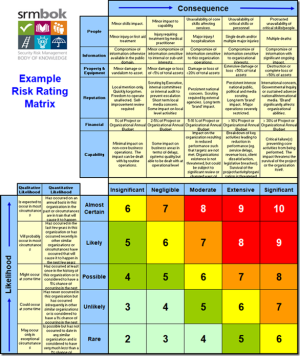Originally posted on December 13, 2021 @ 7:53 AM
The Mortal ‘Affliction’, Zero and Safety
I was recently did a semiotic walk through the old Adelaide Cemetery. I had not walked through this cemetery before and expected it to be unique as Adelaide is unique in Australian History. South Australia was founded as a ‘Paradise of Dissent’ as is well documented by Douglas Pike (https://archive.org/details/paradiseofdissen0000pike ). The colonization of South Australia in some ways was an experiment, with no convict foundation. The province of South Australia was created off the back of reformist ideals, Benthamism and Voluntaryism (https://www.degruyter.com/document/doi/10.1515/9780271072593-005/pdf ), a settlement where property was sold to cashed up religious ‘dissenters’ who wished to start a new life. The experiment held the promise for utopia.
Eight ships landed in 1836 in Holdfast Bay and set up a settlement populated by non-conformist groups (mostly Protestant sects) searching to establish a colony founded on religious liberty. The most dominant groups were: Wesleyans, Quakers, Baptists, Lutherans, Presbyterians, Independents and Anglicans. For the first 27 years of self-representative governance every member of the Legislative Council was a religious dissenter.
So, with such a History I expected this walk to bring forward some interesting stuff. You can also visit the cemetery here: https://aca.sa.gov.au/our-cemeteries/west-terrace-cemetery and read about beliefs, attitudes and customs here: https://aca.sa.gov.au/sites/default/files/2020-12/BAC_Mobile_Tour_December.pdf
If you want to know about culture, start by visiting an old cemetery. Any discussion of culture that excludes symbolism, signs, iconography, customs, beliefs, religion, mythology, semiology, dreams, collective unconscious, cults, history, artefacts, ethics, morality, linguistics, habits and heuristics, is not discussing culture. Please note: none of these receive the slightest consideration in the AIHS BoK Chapter on Culture or indeed in Safety.
So, I went for a semiotic walk and with the help of markers provided by historians and cultural caretakers, experienced the cultural history of this place.
One of the graves I came across demonstrated a long held belief in the idea that mortality is an ‘affliction’. At Figure 1. Affliction we read the poem:
The voyage of life’s at an end
The mortal affliction is past
The age that in heaven they spend
For ever and ever shall last
Figure 1. Affliction.
Even though written in 1879 this belief is held by many today and comes from belief influenced developed by Augustine in the Fourth Century. The idea that mortality is an affliction carries the conclusion that one must be ‘redeemed’ from it, this is also a common theme in the zero-safety world. You can see this presented as a religious idea on the global zero safety website in the video ‘zero vision’ (https://safetyrisk.net/the-spirit-of-zero/ ). In this tradition, the idea is to despise mortality a cause of harm. This belief has not only burdened the church and western society for millennia but is now a burden in the risk and safety industry. Similarly, this has led to what we know as the mind-body problem and the absurd idea that a human is a body with a computer on top. There are other ways of thinking about human mortality and personhood.
The fundamental idea projected by zero ideology is that human mortality is an affliction or as the Bradley Curve projects ‘a natural instinct to harm’ (https://safetyrisk.net/safety-curves-and-pyramids/ ). In the projected zero world, risk and learning are the enemy.
The reality is: fallibility is NOT the enemy, mortality is NOT an affliction (https://www.humandymensions.com/product/fallibility-risk-living-uncertainty/ ). Indeed, the quest for zero dehumanizes persons because it is a quest for perfection/heaven.
The key to being a human person is not to reject mortality but to embrace it. The fear of harm is also the fear of living.
If one holds to the idea that human mortality is an affliction then, the only hope is heaven.
It seems in risk and safety we haven’t come very far since 1879.




Conliffe Wilmot-Simpson says
Rob, Very interesting dynamic between the poem promising and age of “for ever and ever” in Heaven and the West Terrace Cemetery offering “a rare opportunity to establish an everlasting resting place,” right here on earth in Adelaide.
Rob Long says
Yes, inconsistency doesn’t seem to be a problem. Bit the same with zero. Yes, believe in zero but humans are fallible.